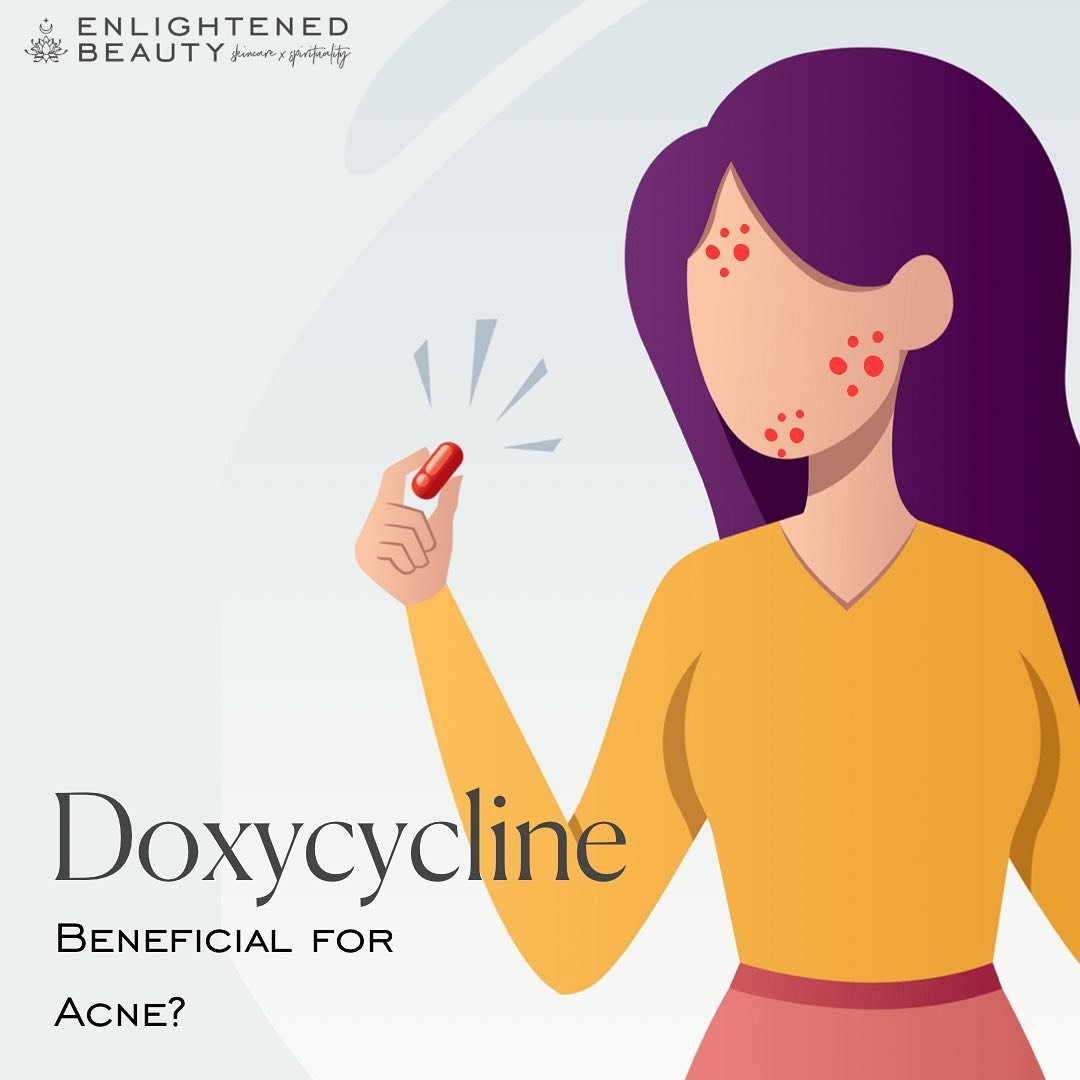
Can Salicylic Acid Serum and Niacinamide be used together?
Layering skincare products can be a tricky task, especially since we are spoilt for choice when it comes to choosing between effective and high-performing skincare ingredients. You may have noticed that combinations of these ingredients have been a theme in our recent blog posts. Today is a new post in this series that hopes to answer the question of whether Salicylic Acid Serum and Niacinamide can be used together.
So let’s learn more and explore what these two skincare giants have to offer and how to incorporate them into your daily skincare routine.
Can Salicylic Acid and Niacinamide be used together?
Believe it or not, you can! Both ingredients have similar and complementary skin benefits and can be well incorporated into your daily skincare routine if used correctly. Here’s more information about them and what they can do for your complexion.
What is Niacinamide?
Niacinamide is a water-soluble form of vitamin B3 that has impressive hydrating properties, meaning it attracts moisture around the skin and locks it within. As a result, the complexion looks hydrated, plump, and youthful in elasticity. Many skin concerns, such as dry, flaky areas of dead skin cells, are moisturized, and all signs of aging, such as fine lines and wrinkles, are significantly reduced.
What is Salicylic Acid?
Salicylic acid is the most popular beta-hydroxy acid (BHA) and is oil-soluble, which means it can penetrate deeper into the skin, getting deep into the pores and removing excess sebum, dirt, bacteria, and impurities. It also affects the accumulation of dead skin cells, which often build up on the skin, making it look dull and often leading to breakouts and blemishes. This acid is known for its high potency, and people who often suffer from allergies should consult a doctor or dermatologist to ensure that they can incorporate salicylic acid into their daily routine without worrying about skin irritation or allergic reactions.
As mentioned earlier, both ingredients have some similar benefits for the skin, most importantly regulating and controlling sebum production. Salicylic acid removes excess sebum, while niacinamide reduces overproduction of sebum by reducing glycerides and fatty acids in the superficial epidermal layer of the skin. By combining these ingredients and using them over 12 weeks, skin texture will be significantly improved and enlarged pores will shrink and become less noticeable.
How to use Niacinamide with Salicylic Acid?
This depends on the type of skincare product you choose, as both ingredients are found in many different skincare formulas. If you are new to these active ingredients and are just starting to incorporate them into your daily routine, using a face wash or cleanser that contains active BHA concentrations, especially salicylic acid, is your best option. Generally speaking, face washes and cleansers stay on the skin for the shortest amount of time and are therefore easy-to-use products to improve skin tolerance. However, using Niacinamide before Salicylic Acid not only reduces the risk of irritation, but also helps the BHA penetrate faster into the lower layers of the skin, as Niacinamide’s moisturizing properties ensure that it penetrates faster.
To give you a better idea of how to use skincare products containing these active ingredients, here are the most beneficial ways to use them based on your skin type.
Oily Skin Type
The combination of the two ingredients controls sebum production, allowing people with acne-prone skin to control breakouts. With the help of salicylic acid, you can fight skin blemishes and reduce their size and frequency. At the same time, niacinamide prevents your skin from losing all the essential oils it needs to stay healthy, locking in moisture and keeping your complexion hydrated and comfortable.
Here are some examples of using niacinamide and salicylic acid together:
Option One
Using a chemical exfoliant toner rich in salicylic acid will remove dead skin cells and help unclog excess sebum and impurities in your pores.
Follow up with a serum rich in niacinamide, which will lock in moisture around your skin and keep you super hydrated.
This is a good option if you are new to salicylic acid and want to slowly introduce it into your skincare routine.
Option Two
Apply a serum with niacinamide all over your skin.
Follow up with another serum rich in salicylic acid.
This doesn’t overload the skin because both ingredients work on different areas of the face, making it a great way to use niacinamide and salicylic acid together once your skin has built up a tolerance to the BHA.
Dry Skin Type
For those with dry and potentially sensitive skin types, salicylic acid can cause irritation and redness if not used correctly. Generally speaking, this acid is not recommended if you have dry skin that is prone to sensitivity. If you have any concerns, it is imperative to consult a doctor to determine the best practices when it comes to using BHAs in your skin care routine. If you would like to learn more about salicylic acid, you can read our dedicated blog post.
Combination Skin Type
For combination skin types, it is best to apply salicylic acid more specifically topically to areas prone to blemishes. This prevents other dry skin areas from becoming tight and uncomfortable. Niacinamide, however, can be applied all over the face, as every skin type benefits from this clever moisturizer to give you a hydrated, happy complexion.
Here you have some more information on the uses of niacinamide and salicylic acid, as well as some examples of use for the most common skin types. It is important to perform a 24-hour patch test before using a new ingredient or skin care formula. Not only does this ensure that you do not experience irritation or discomfort, it also gives you a clear idea of which products you should invest in and how they work in your daily routine.
Can I use salicylic acid and niacinamide every day?
Yes, you can, but be sure to use them correctly to avoid adverse reactions. Once you have built up a tolerance, especially to the powerful BHA salicylic acid, you can safely use both ingredients daily. For best results, I recommend using an exfoliating toner rich in salicylic acid and pairing it with a serum containing niacinamide to counteract any potential dryness caused by the acid.
Once your skin has built up a proper tolerance and you have incorporated both ingredients into your daily skincare routine, you will find daily use of salicylic acid and niacinamide to be both easy and effective.
What Not to Mix with Niacinamide?
Of all the skincare ingredients available, niacinamide works synergistically with many other ingredients besides vitamin C. This doesn’t mean you can’t use them together, but you will find that both vitamin C and niacinamide are rich in antioxidants and when used together or without the proper waiting time between each ingredient, they can cancel each other out, rendering them completely useless. If you want to use both ingredients together, many recommend using vitamin C in the morning and niacinamide in the evening to get the best results from both ingredients.
What Not to Use With Salicylic Acid?
It is not recommended to use salicylic acid with the powerful skin ingredient retinol. Both of these powerful ingredients offer exceptional skin benefits, especially for skin prone to acne and blemishes. However, using both products together can be too harsh on the skin and lead to irritation, rashes, redness, flaking, and general discomfort. Similar to Vitamin C and Niacinamide, if you want to use both together, keep them completely separate and use salicylic acid in the morning and retinol in the evening.
If you have any questions about how these ingredients may affect your skin, it is best to consult a dermatologist or trained professional to ensure that there are no negative effects on the skin.
Here you can learn a little more about the popular and trending skin ingredients Niacinamide and Salicylic Acid. Hopefully I can answer some of your questions today, but as always, you can find me on our Instagram. Come join us!


